A dream of advocates of low cost space access has been beam propulsion of various types, whether laser, microwave, or particle beams.



In a recent paper published to arXiv, the physicists Roland Allen and Suzy Lidstrom, of Texas A&M and Uppsala University, respectively, tackled the question about the Question by describing what they believe to be the 42 ultimate questions of life, the universe, and everything.
In a homage to ‘Hitchhiker’s Guide to the Galaxy,’ two physicists explain the biggest unknowns in science. I’ve summed them up as a tweetstorm.
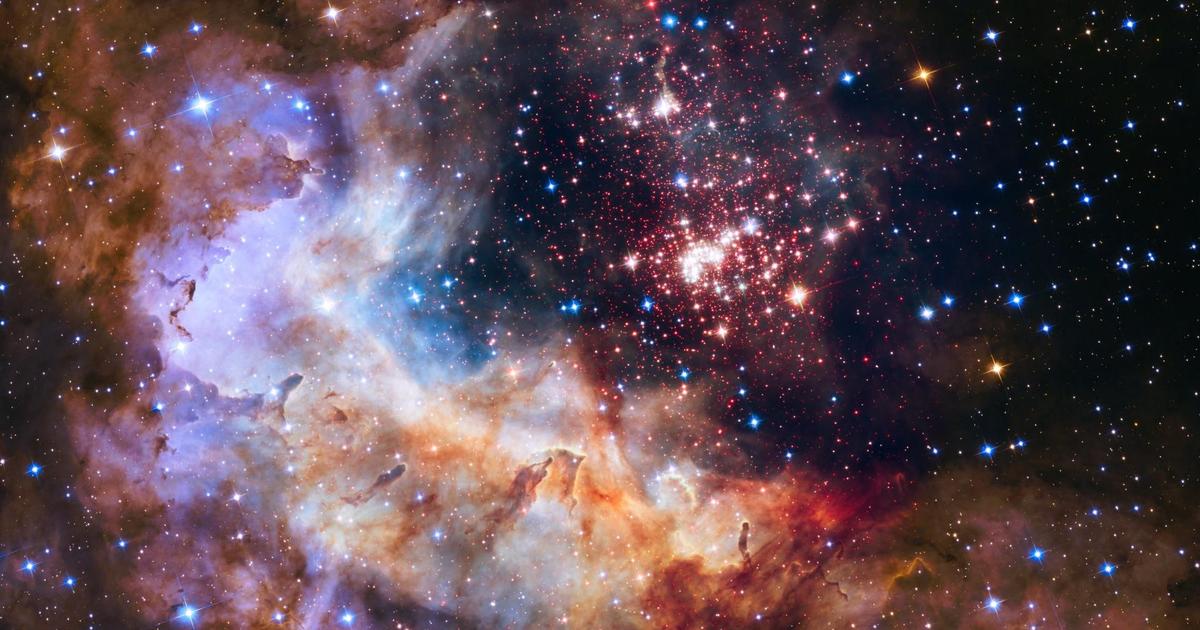
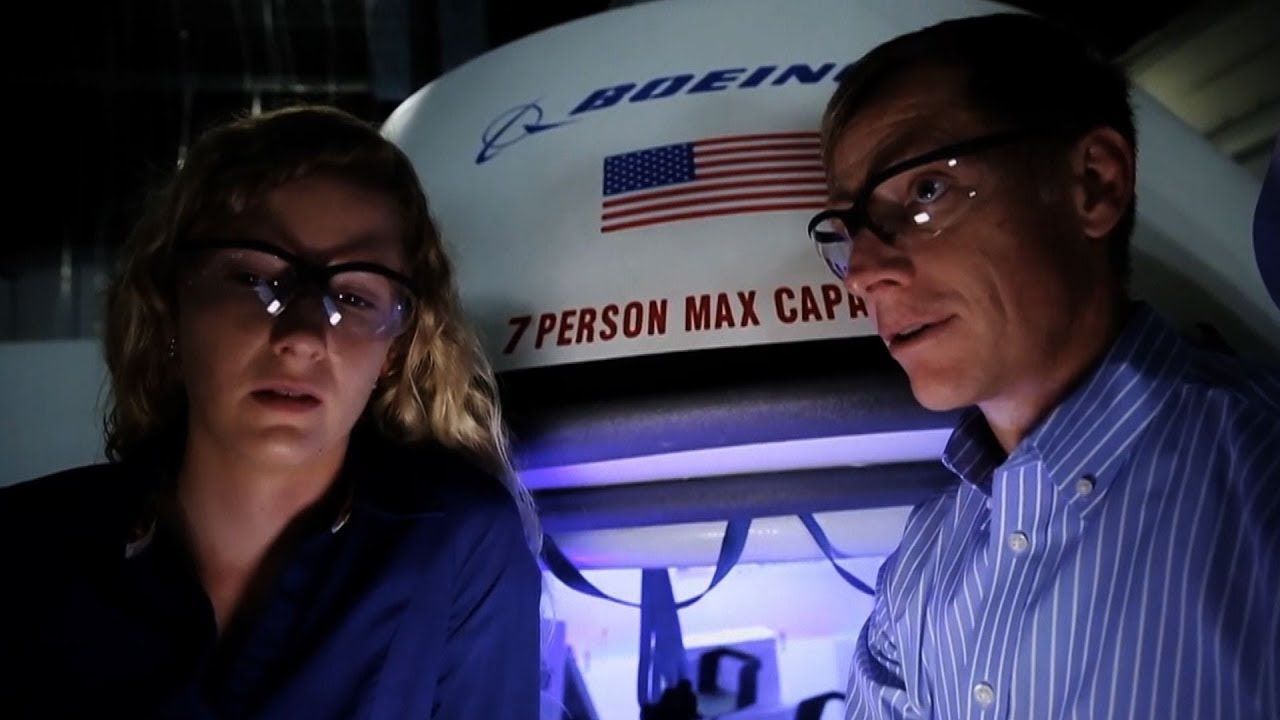
Boeing confirms that it experienced an anomaly last month during tests of the engines that would be used on its CST-100 Starliner space taxi in the event of a launch emergency.
The anomaly resulted in an unwanted leak of propellant, and although no hardware was destroyed, the issue is likely to contribute to further delays for NASA’s plan to fly astronauts to and from the International Space Station on the Starliner.

Space is brutally inhospitable to human life, so it’s a small wonder that out of the 561 people who have ventured beyond the safety of Earth, only three have died there. Many more have perished due to crashes or explosions when rocketing away from our planet or re-entering its atmosphere.
The three brave spacefarers who lost their lives in space were cosmonauts Georgy Dobrovolsky, Vladislav Volkov, and Viktor Patsayev. All three died on the Soyuz 11 mission of Jun 1971.
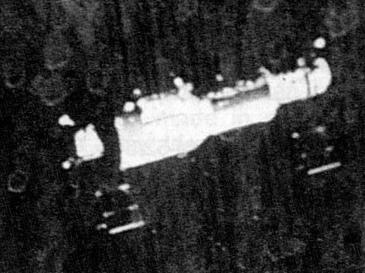

CAPE CANAVERAL, Fla. (AP) — Former NASA astronaut Buzz Aldrin was noticeably absent from a gala kicking off a yearlong celebration of the 50-year anniversary of the first moon landing, even though his nonprofit space education foundation is a sponsor and he typically is the star attraction.
The black-tie Apollo Celebration Gala held under a Saturn V rocket at the Kennedy Space Center on Saturday evening featured a panel discussion by astronauts, an awards ceremony and an auction of space memorabilia.
Hundreds of people attended the sold-out event, including British physicist Brian Cox, who presented Virgin Galactic founder Richard Branson with the ShareSpace Foundation’s Innovation award.
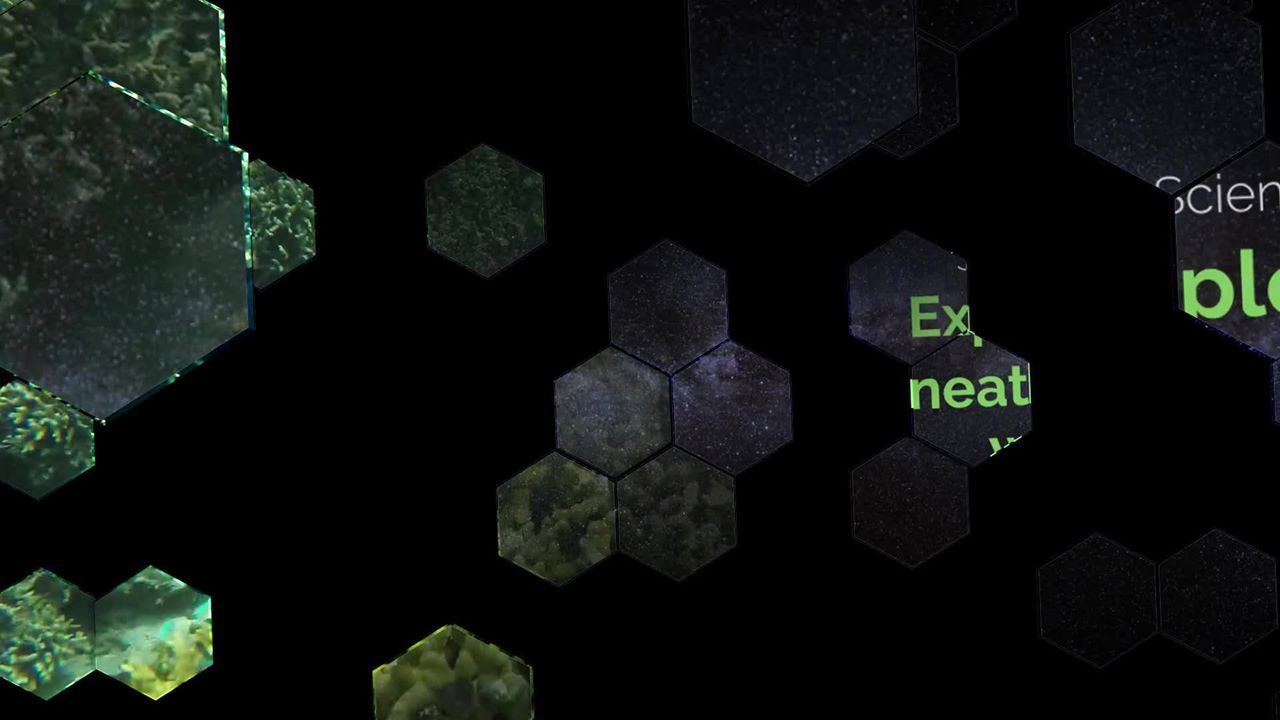
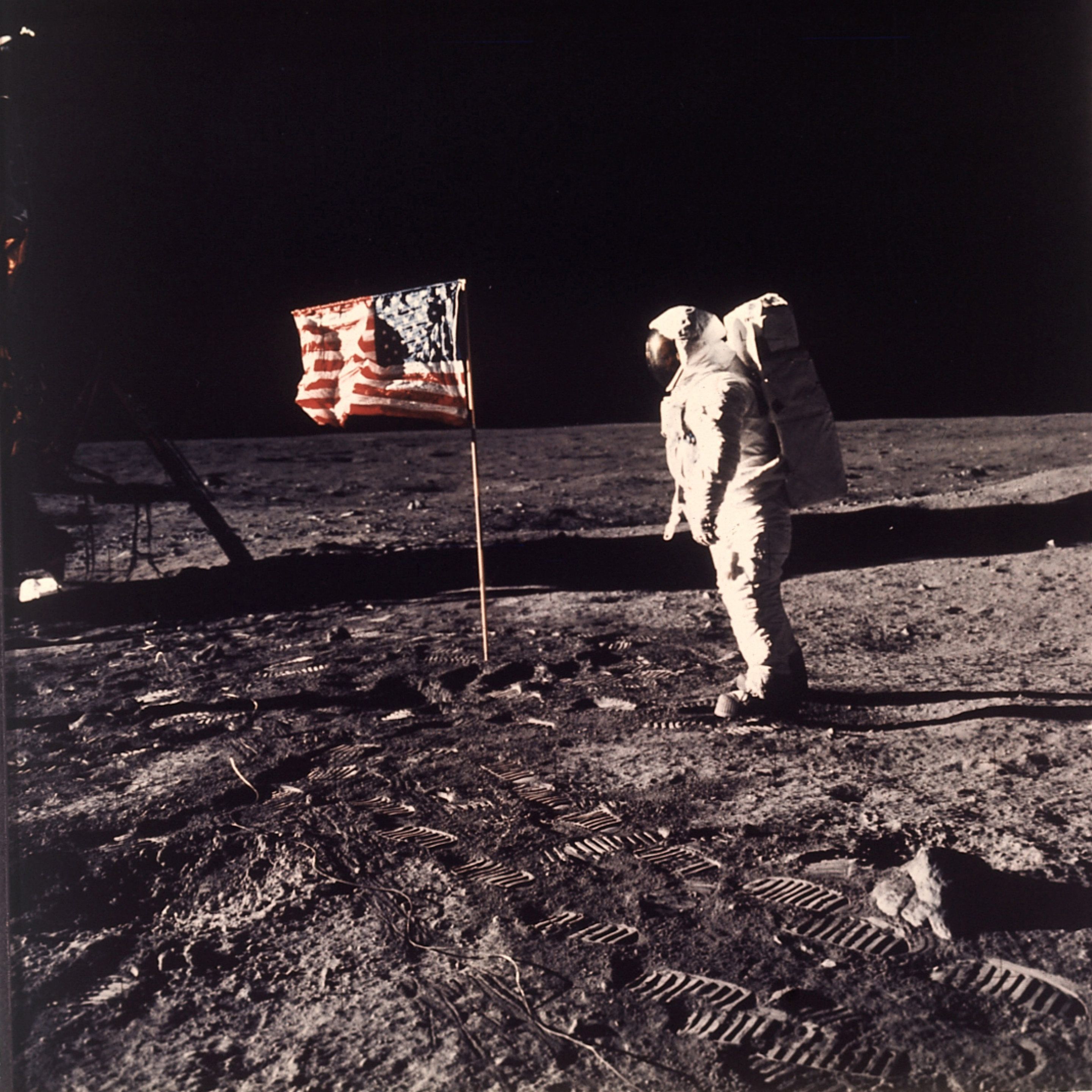
Most likely, this is the best-known picture of a flag ever taken: Buzz Aldrin standing next to the first U.S. flag planted on the Moon. For those who knew their world history, it also rang some alarm bells. Only less than a century ago, back on Earth, planting a national flag in another part of the world still amounted to claiming that territory for the fatherland. Did the Stars and Stripes on the moon signify the establishment of an American colony?
When people hear for the first time that I am a lawyer practicing and teaching something called “space law,” the question they ask most frequently, often with a big smile or a twinkle in the eye, is: “So tell me, who owns the moon?”
Of course, claiming new national territories had been very much a European habit, applied to non-European parts of the world. In particular the Portuguese, the Spanish, the Dutch, the French and the English created huge colonial empires. But while their attitude was very Europe-centric, the legal notion that planting a flag was an act of establishing sovereignty quickly stuck and became accepted worldwide as part and parcel of the law of nations.
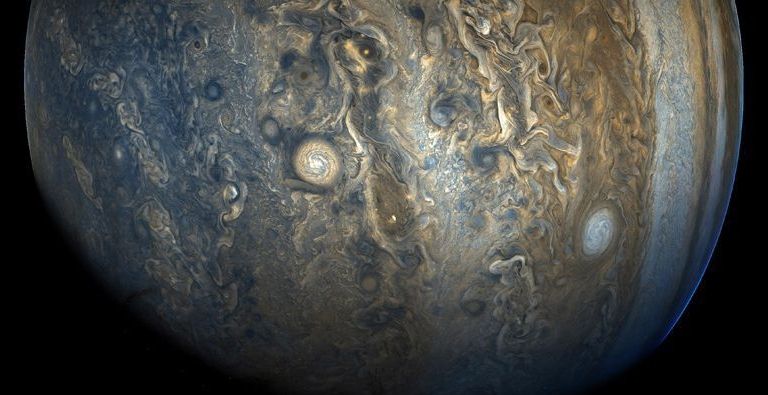
Up to 79 moons now.
Ten more moons have been confirmed to orbit around Jupiter, bringing the planet’s total known satellite count to 79. That’s the highest number of moons of any planet in the Solar System. And these newly discovered space rocks are giving astronomers insight as to why the Jupiter system looks like it does today.
Astronomers at Carnegie Institution for Science first found these moons in March 2017, along with two others that were already confirmed in June of last year. The team initially found all 12 moons using the Blanco 4-meter telescope in Chile, though finding these objects wasn’t their main goal. Instead, they were searching for incredibly distant small objects — or even planets — that might be lurking in our Solar System beyond Pluto. But as they searched for these fringe space rocks, they decided to take a peek at what might be lurking around Jupiter at the same time. Now, the moons they found have been observed multiple times, and their exact orbits have been submitted for approval from the International Astronomical Union, which officially recognizes celestial bodies.